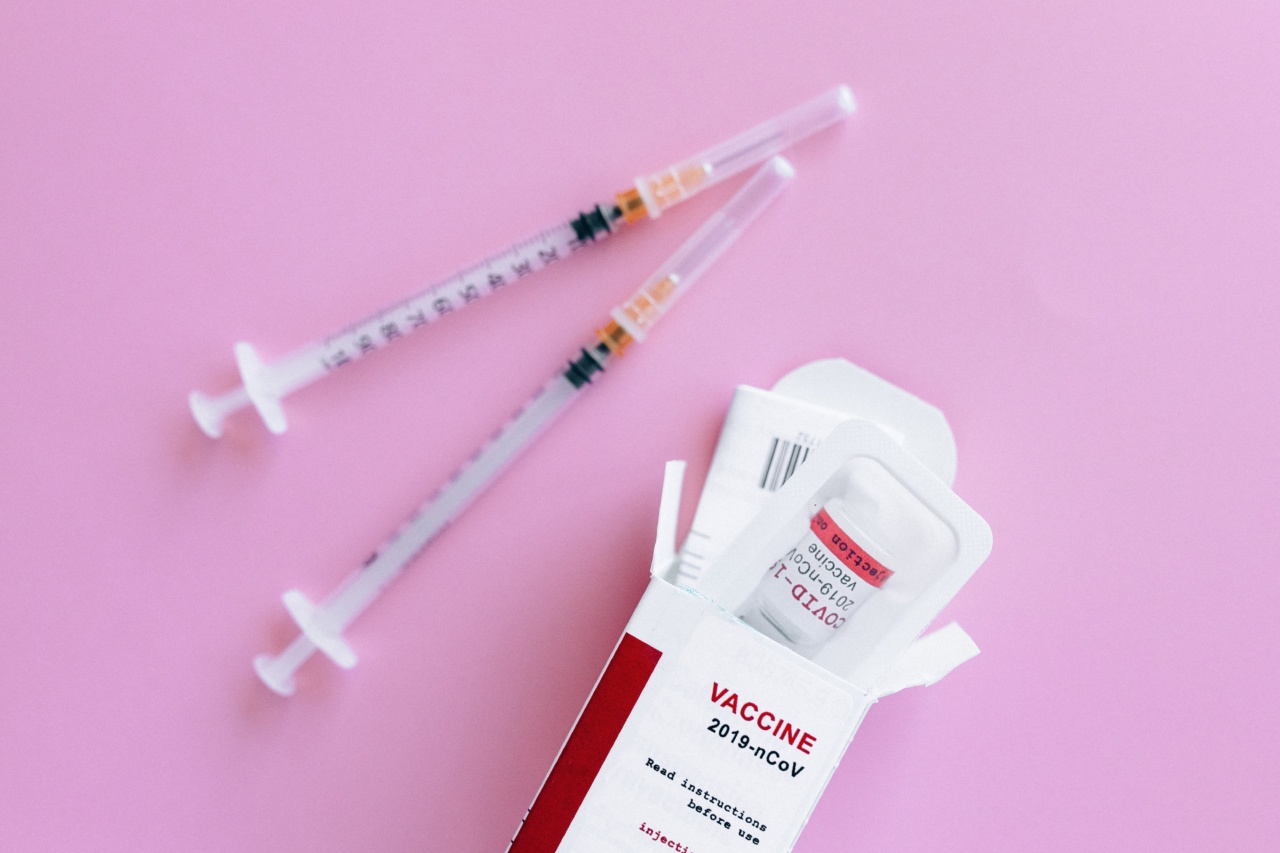Huntington’s disease (HD) is a devastating neurodegenerative disorder characterized by the progressive breakdown of nerve cells in the brain.
It is an inherited disease caused by a mutation in the huntingtin (HTT) gene, leading to the production of a mutant huntingtin protein that is toxic to cells. HD affects both physical and mental functions, causing movement disorders, cognitive decline, and psychiatric symptoms. Currently, there is no cure for HD, and available treatments only aim to alleviate symptoms and slow disease progression.
However, recent advancements in the field of cell reprogramming offer new hope for the development of effective therapies for this debilitating disease.
Understanding Huntington’s Disease
Huntington’s disease is caused by an expansion of CAG repeats in the HTT gene, which leads to the production of an abnormal huntingtin protein.
The mutant huntingtin protein progressively accumulates in neurons and disrupts their normal functioning, eventually leading to cell death. The regions of the brain most affected by HD include the striatum and cerebral cortex, which are involved in motor control, cognition, and emotion regulation.
Cell Reprogramming: A Promising Approach
Cell reprogramming involves the conversion of one cell type into another by altering its gene expression profile. This innovative technique holds great potential for the development of new treatments for HD.
By reprogramming patient-specific cells, such as skin cells or blood cells, into a different cell type relevant to HD, researchers can gain valuable insights into the disease mechanisms and develop new therapeutic strategies.
Reprogramming Human Cells into Neuronal Lineages
One of the key goals in HD research is to generate disease-relevant cell models that accurately recapitulate the pathological features observed in the brains of HD patients.
Recent advancements in reprogramming technologies have made it possible to directly convert human somatic cells into mature neurons, known as induced neurons (iNs). By using this approach, researchers can obtain patient-specific iNs with the mutant HTT gene, allowing them to study the disease at the cellular level and screen for potential therapeutic compounds.
Studying Disease Mechanisms in Patient-Specific iNs
Patient-specific iNs provide a powerful platform for studying the cellular and molecular mechanisms underlying HD.
These cells exhibit hallmark features of HD, such as the accumulation of mutant huntingtin protein, altered gene expression patterns, and dysregulated cellular processes. Researchers can use these cellular models to investigate how the mutant huntingtin protein affects neuronal function, disrupts intracellular signaling pathways, and ultimately leads to neurodegeneration.
Using iNs for Drug Discovery
The generation of patient-specific iNs also opens up new possibilities for drug discovery. Researchers can screen libraries of compounds to identify molecules that can reverse disease-related phenotypes in iNs.
By studying the effects of these compounds on iNs derived from HD patients, researchers can identify potential therapeutic agents that may slow down or halt disease progression. This approach allows for the development of personalized treatments tailored to individual patients’ genetic profiles.
Genome Editing in iNs
In addition to reprogramming patient-specific cells into iNs, genome editing techniques such as CRISPR/Cas9 can be applied to correct the disease-causing mutation in the HTT gene.
By precisely modifying the mutant HTT gene in iNs, researchers can investigate the consequences of gene correction and assess its therapeutic potential. Genome editing in iNs also offers a platform for testing novel therapeutic strategies aimed at blocking the toxic effects of the mutant huntingtin protein.
Challenges and Future Directions
While cell reprogramming holds great promise for developing new treatments for HD, several challenges need to be addressed.
Optimization of reprogramming protocols, scalability of the techniques, and ensuring the safety and efficacy of cellular therapies are critical areas of focus. Additionally, long-term studies are needed to assess the viability and functionality of reprogrammed cells in preclinical and clinical settings.
Conclusion
The field of cell reprogramming offers exciting opportunities for studying and treating Huntington’s disease.
By using patient-specific iNs, researchers can gain valuable insights into the disease mechanisms, identify potential therapeutic targets, and screen for novel drug candidates. Genome editing techniques further enhance the versatility of iNs and provide a platform for testing personalized therapies.
As advancements continue in this field, cell reprogramming holds the potential to revolutionize the way we approach the treatment of Huntington’s disease and bring hope to countless individuals affected by this devastating disorder.






























